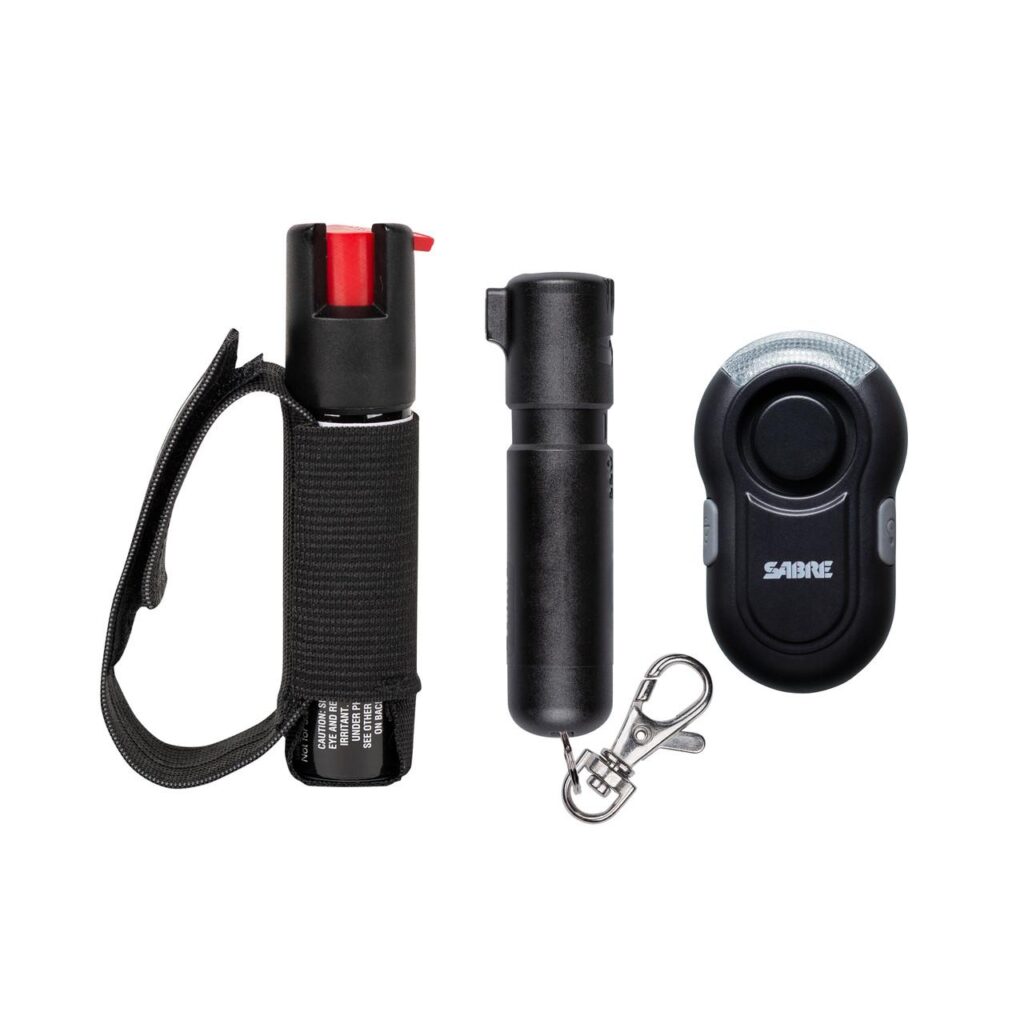Table of Contents
- Understanding Pepper Spray and Its Legal Considerations for Families
- Essential Safety Guidelines for Handling and Storing Pepper Spray at Home
- Step by Step Training Techniques for Effective Pepper Spray Use
- Building Confidence Through Practice Drills and Scenario-Based Training
- Wrapping Up
Understanding Pepper Spray and Its Legal Considerations for Families
Before introducing pepper spray as a safety tool in your home, it’s crucial to comprehend both its intended use and the legal implications surrounding it. Laws vary widely by state and country, often specifying who can carry pepper spray, permitted container sizes, and acceptable uses. Families and caregivers should familiarize themselves with local regulations to ensure compliance and avoid unintended legal consequences. Additionally, understanding the effective range, duration of impact, and proper handling techniques can prevent accidents and misuse, fostering a responsible approach to personal safety.
Educating all family members about the risks and benefits of pepper spray promotes a safer environment. Key points to cover during training include:
- The importance of using pepper spray only in legitimate self-defense situations.
- Avoiding direct contact with eyes, skin, and respiratory systems under normal circumstances.
- Safe storage practices to keep it out of reach of children and vulnerable individuals.
- Proper disposal methods for expired or damaged canisters to prevent environmental hazards.
Empowering families with this knowledge enhances confidence in their ability to respond effectively and responsibly during emergencies.
Essential Safety Guidelines for Handling and Storing Pepper Spray at Home
When keeping pepper spray accessible at home, it’s crucial to maintain a balance between accessibility for authorized users and safety to prevent accidental discharge or misuse. Store pepper spray in a cool, dry place away from direct sunlight, heat sources, or humidity, as extreme conditions can degrade the spray’s effectiveness or even cause the canister to rupture. Consider locations that are out of reach of children and pets, yet quickly reachable by adults in an emergency, such as a high shelf in a locked cabinet or a secure drawer near entry points. Additionally, ensure the canister is stored upright to preserve the integrity of the spray mechanism.
Implementing clear household rules around pepper spray usage is just as important as its physical storage. Create a family discussion about who is authorized to carry and use the spray, emphasizing the importance of responsible handling and situational awareness. To support safe training at home, use instructional videos or supervised practice with inert training sprays to familiarize family members with proper deployment techniques and safety precautions. Remember to regularly check the expiration date and functionality of your pepper spray to guarantee it will perform effectively when needed.
- Keep pepper spray away from children and pets at all times.
- Store in a climate-controlled environment to prevent performance degradation.
- Designate responsible individuals who are trained and authorized to use the spray.
- Practice with non-active training aids to build confidence without risking accidental exposure.
- Perform regular maintenance checks on the canister and replace as necessary.
Step by Step Training Techniques for Effective Pepper Spray Use
Mastering the use of pepper spray requires more than just reading the label. Start by familiarizing yourself with the device’s mechanics-locate the safety, the trigger, and understand the spray pattern. Begin training in a controlled environment, practicing your stance and aim without discharging the spray. Position your arms at a natural shooting angle, typically around chest to eye level, and simulate bursts while focusing on maintaining steady hands. Repetition builds muscle memory, making your response faster and more instinctive during a real-world scenario.
Incorporate these essential drills into your routine to enhance both confidence and effectiveness:
- Quick Draw Practice: Simulate pulling the spray out briskly and aiming it accurately within seconds.
- Wind Test: Be aware of wind direction by practicing in various conditions to avoid self-contamination.
- Target Acquisition: Use a basic target (like a painted circle) to improve precision under stress.
- Emergency Drill: Couple your spray use with verbal commands and retreat to increase personal safety.
Building Confidence Through Practice Drills and Scenario-Based Training
Regularly engaging in practice drills allows families and caregivers to become comfortable with the proper handling and deployment of pepper spray. These drills should simulate real-life situations, emphasizing quick decision-making and calm execution under pressure. By repeatedly practicing these scenarios, users develop intuitive responses that increase their readiness and reduce hesitation during emergencies. Incorporating safe, controlled environments ensures participants gain confidence without risk, reinforcing both technique and situational awareness.
Scenario-based training also encourages critical thinking by presenting varied threat levels and contexts, helping users adapt their response accordingly. Consider including exercises such as:
- Simulated home invasion alerts
- Public space confrontations
- Unexpected defense responses during daily activities
Wrapping Up
Incorporating pepper spray into your family or caregiving safety plan can provide an important layer of protection when used correctly. By priorit proper training and understanding the responsible use of pepper spray, you empower yourself and your loved ones to respond confidently and safely in emergency situations. Remember, knowledge and practice are key to ensuring that this tool serves its purpose without unintended harm. Stay informed, stay prepared, and most importantly, stay safe.Check Our Other Blogs
- StunGun – Your Trusted Source for Stun Guns, Laws, and Self-Defense Tips
- PepperSprayLaws – Your Trusted Resource for Pepper Spray Information
- StunGunLaws – Your Trusted Guide to Stun Gun Legality and Safety




